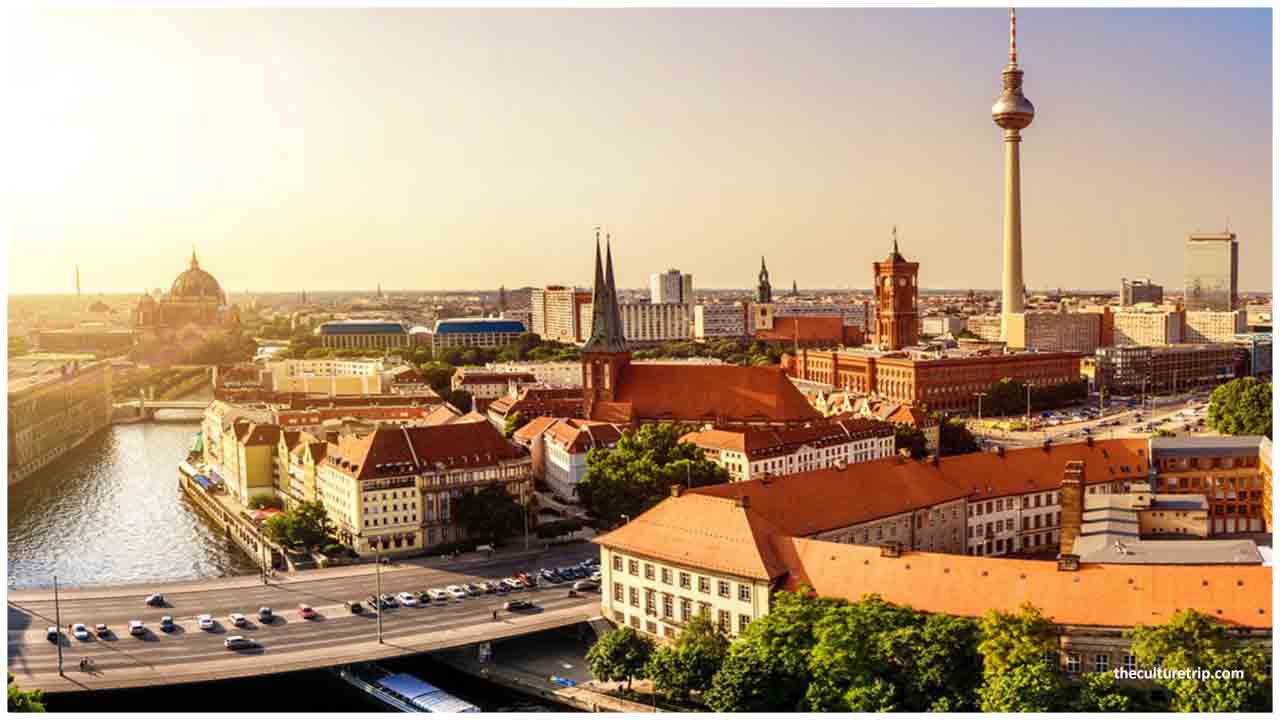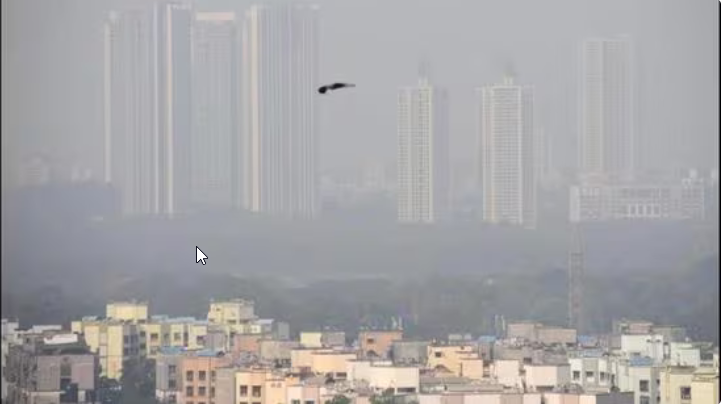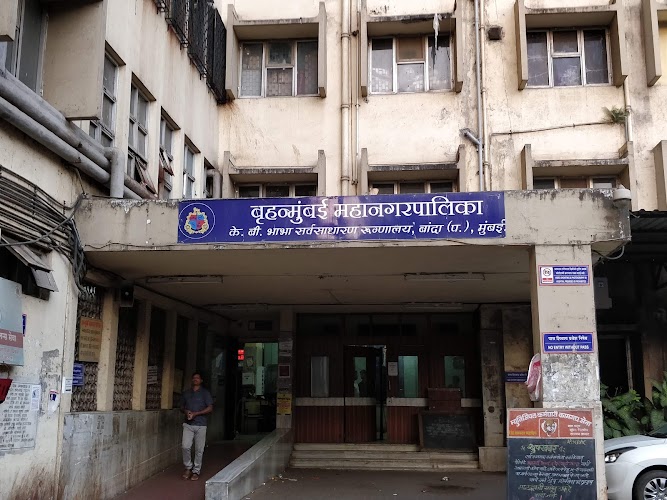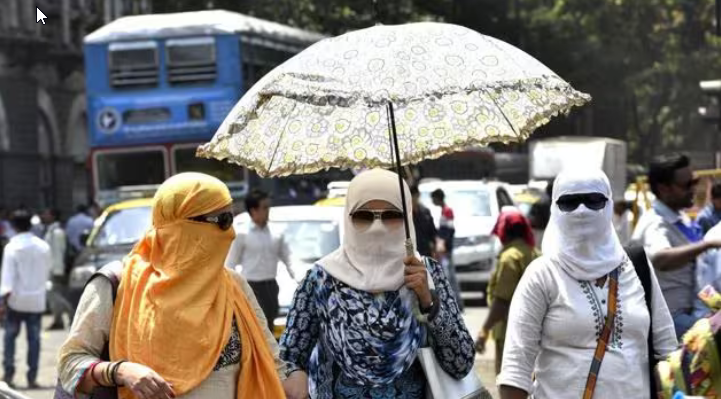Germany has increased border restrictions amid a new spike in coronavirus cases in the country.
From Friday, people coming from the Bulgarian regions of Blagoevgrad, Dobrich, and Varna, as well as travelers from Romania's Argeș, Bihor, Buzău, Neamt, Ialomita, Mehedinti and Timi's regions, and Australia's Victoria state, will need to undergo quarantine or present a negative test upon arrival
The measure follows equal restrictions announced from August 5 for travelers coming from the Belgian town of Antwerp, which accounts for around 70% of the country's COVID-19 cases. Spanish residents from Catalonia, Navarra, and Aragon were told to quarantine from July 31.
At the moment there are several dozens of countries to which this measure applies - mostly non-European - including the US.
This list is made of countries or areas that Germany's disease control center, the Robert Koch Insitute (RKI), considers as "high-risk".
The RKI classifies a country or an area as "high-risk" when there are more than 50 new infections per 100,000 people over the last period of seven days.
Germany has offered to pay the coronavirus test for people entering the country from high-risk regions for the first three days of their arrival.
The country has recently battled to contain local outbreaks in various regions, and it recorded more than 1,000 new infections nationwide for the third day running on Saturday.
Germany's reported over 216,000 coronavirus cases in total and more than 9,000 related deaths.

 Germany steps up restrictions for EU countries amid COVID-19 surge
Germany steps up restrictions for EU countries amid COVID-19 surge



















.jpeg)



.jpg)




.jpg)





.jpeg)

.jpg)


